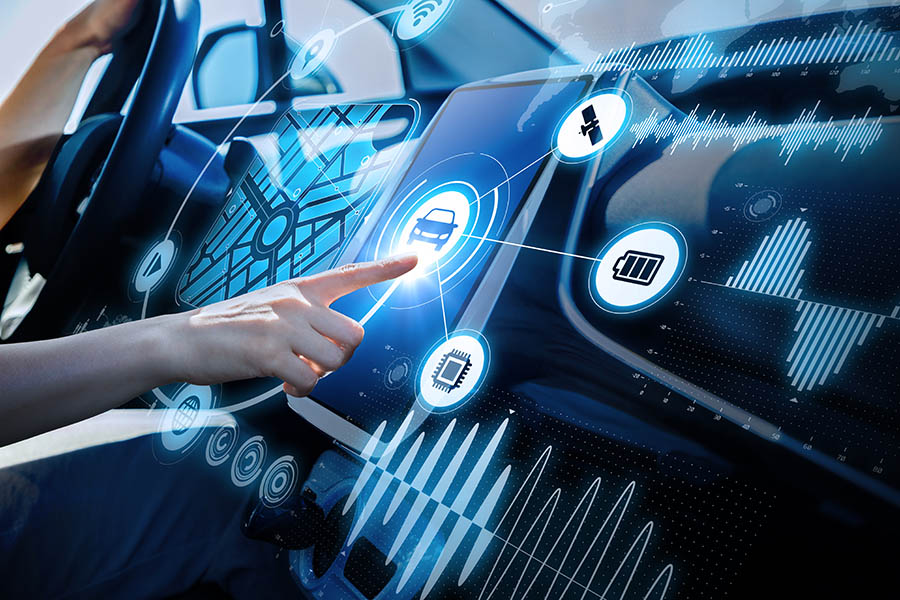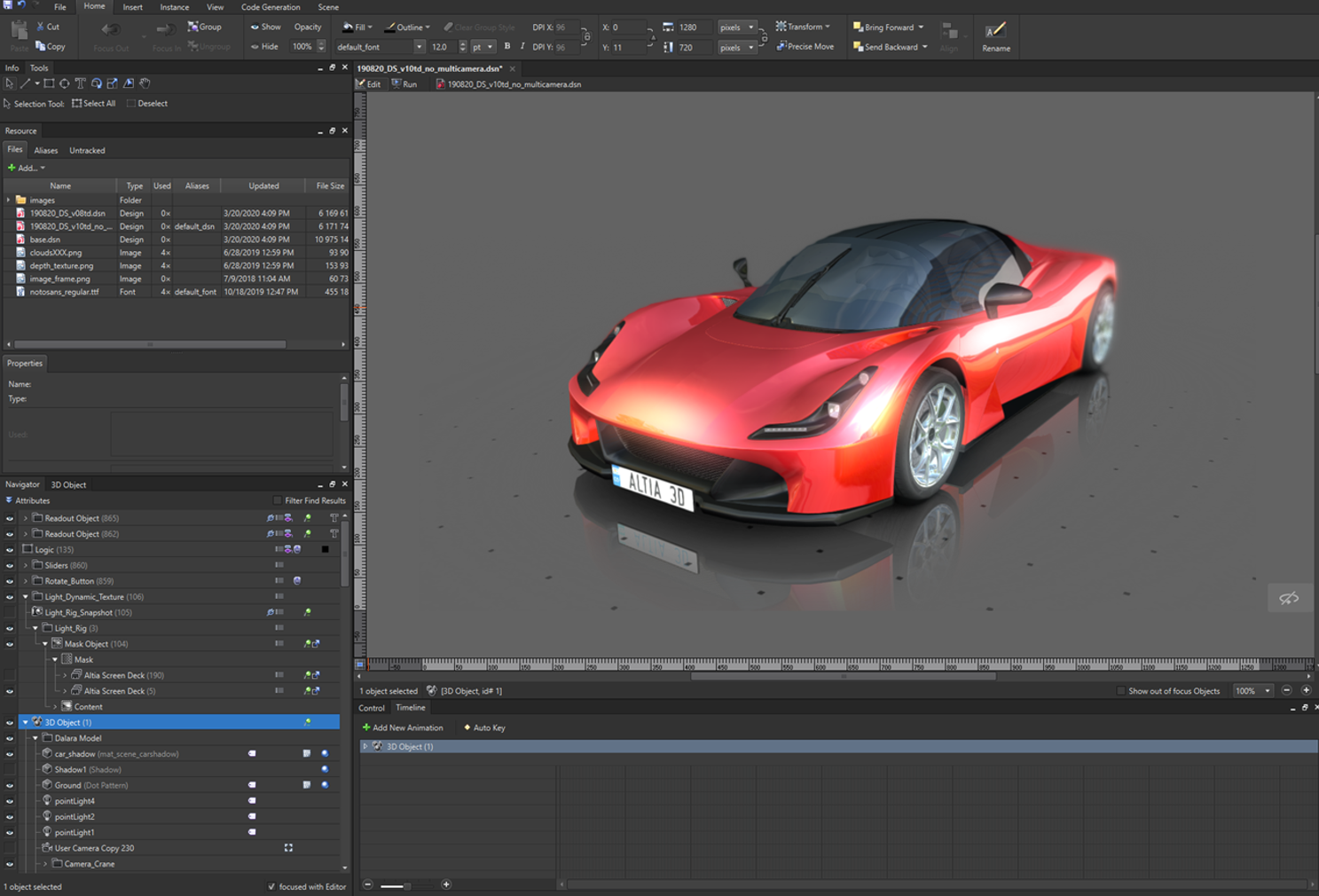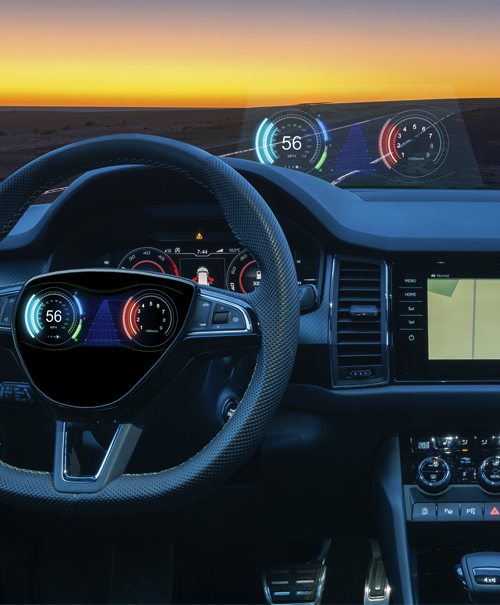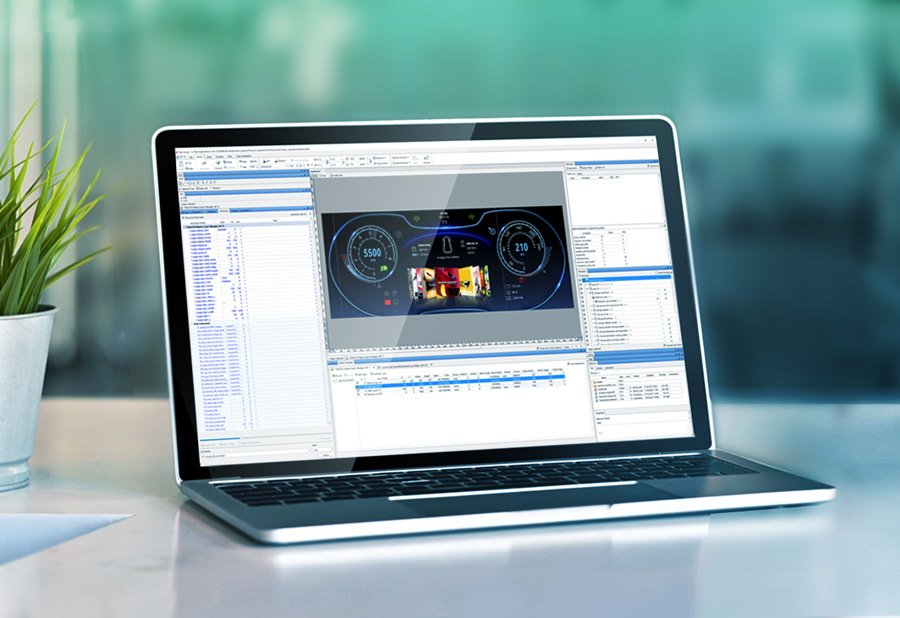Altia announces the release of Altia Exporter for Figma. This new plugin gives designers the power to get their Figma graphics to embedded hardware easily and with the lowest possible memory requirements. Available today on the Figma community, current users of Altia Design 13.4 and above can now use the Altia Exporter at no extra cost.
This new product further extends Altia’s flexibility to leverage artwork from industry-leading tools to include Figma. With Altia Exporter for Figma, designers save time and effort because they can import Figma assets to the Altia toolchain and begin designing their GUI without any need to rebuild, rename or restructure the original components. Leveraging Altia’s powerful features like Stamp Object, developers can easily optimize their Figma designs for embedded hardware—saving precious memory while delivering best performance on chip.
“Companies around the world count on Altia to deliver highly efficient, production-ready code that is true to their artists’ concepts. With the new Altia Exporter for Figma, we continue to empower designers to create in the tools that they want while giving developers the power to select the embedded hardware they want and get the best looking, best performing UI and UX to market,” stated Mike Juran, Altia CEO.
The Altia Exporter for Figma is available today at no cost to Altia GUI software users (version 13.4 and above) on the Figma Community. For more information or to request a demo of this new product, visit altia.com/get-started or email [email protected].
About Altia
Altia is a software company that provides graphical user interface design and development tools that can be used from concept to final production code. Our GUI editor, Altia Design, offers development teams the capability to implement a model-based development process enabling clear team communication and accelerated user interface development. Our code generator, Altia DeepScreen, supports a vast range of low- to high-powered processors from a variety of industry-leading silicon providers. Altia generates pure C source code that is optimized to take full advantage of hardware resources. Graphics code generated by Altia is driving millions of displays worldwide – from automotive instrument clusters, HUDs and radios to thermostats, washing machines and medical devices.
Our mission is to get the best automotive, medical and consumer interfaces into production in the shortest time on the lowest cost hardware.
Altia was founded in 1991. Its customers include automotive OEMs and Tier 1s like Continental Automotive, Denso, Stellantis, Ford Motor Company, General Motors, Honda, Renault, Magneti Marelli, Nippon Seiki, Valeo, Visteon and more – plus leading consumer device manufacturers like Electrolux, Whirlpool, NordicTrack and many others.
For more information about Altia, visit www.altia.com or email [email protected].






